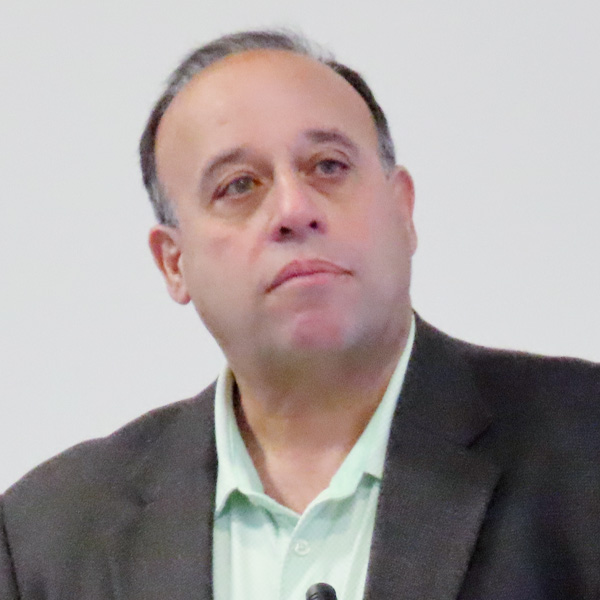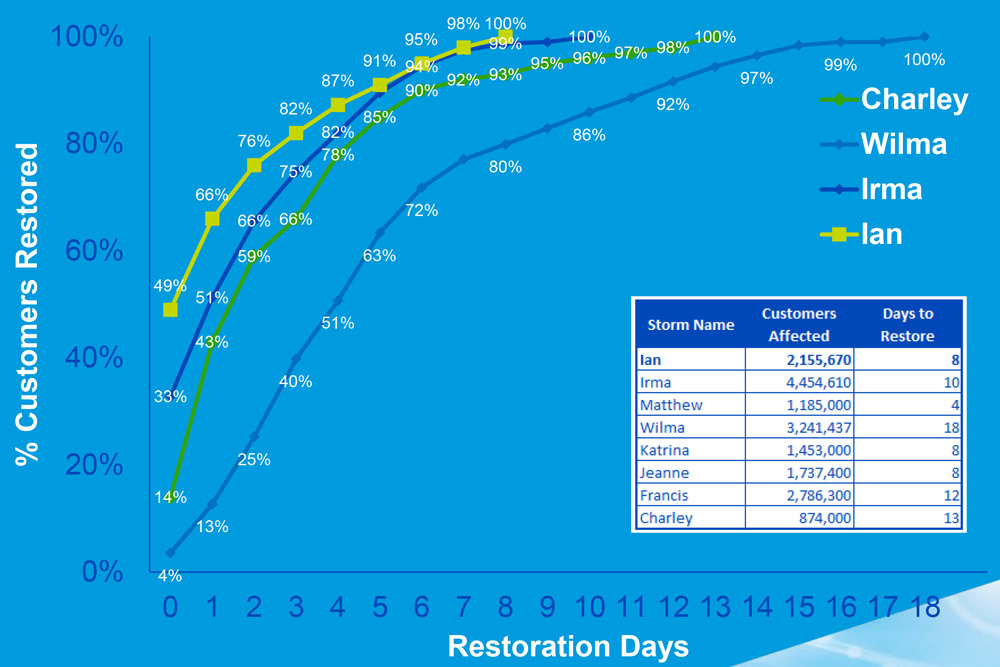Oregon’s Environmental Quality Commission voted Monday to adopt California’s rules requiring all new cars and light-duty trucks sold in the state to be zero-emission vehicles or plug-in hybrids by 2035.
Known as Advanced Clean Cars II (ACC II), the rules task automakers with providing an increasing percentage of ZEVs for sale each year, beginning with 35% in 2026, increasing to 68% in 2030 and reaching 100% in 2035.
“Adopting the ACC II rules would significantly reduce tailpipe criteria pollutant and greenhouse gas emissions and is a foundational strategy to decarbonize Oregon’s transportation sector,” Department of Environmental Quality staff wrote in a report on the plan.
Under an executive order from Gov. Kate Brown, the state is trying to reduce greenhouse gas emissions 45% below 1990 levels by 2035 and at least 80% percent below 1990 levels by 2050. As in California, the transportation sector accounts for about 40% of GHGs in Oregon.
The rule changes are expected to reduce carbon dioxide emissions by 54 million metric tons (MMT) through 2040 and NOX emissions by 3,693 MMT by 2035, DEQ staff wrote.
The California Air Resources Board voted to adopt ACC II in August as a successor to the state’s Advanced Clean Cars regulation, first adopted in 2012 and still in effect. The current regulation requires 22% of passenger vehicles sales to be ZEVs by 2025. (See Calif. Adopts Rule Banning Gas-powered Car Sales in 2035.)
In addition to ZEV requirements, the ACC II regulation includes a low-emission vehicle (LEV) component aimed at reducing tailpipe emissions of gasoline-powered cars.
“These changes clarify both existing definitions and testing requirements and will reduce cold-start emissions and lower maximum exhaust and evaporative emission rates,” the staff report said.
The rules also require automakers to meet minimum technology requirements, including a minimum range, battery warranty and durability requirements.
Seventeen states and the District of Columbia have adopted California’s Advanced Clean Car standards as allowed under Section 177 of the Clean Air Act. Three of those states — Oregon, Washington and Vermont — have adopted ACC II, with others expected to follow suit.
The Clean Air Act waiver granted to California decades ago and repeatedly renewed allows the state to enforce its own more-stringent tailpipe emissions standards for cars and light-duty trucks. Other states were allowed to adopt California’s tailpipe emission standards as an alternative to using federal emission standards. The Trump administration withdrew the waiver in 2019, but it was quickly reinstated after President Joe Biden took office.
In Monday’s EQC meeting, commissioners voted 4-1 to adopt ACC II.
Commissioner Greg Addington, who is from Klamath County, east of the Cascade Range, said he generally supported the goals of ACC II but could not vote for it.
Addington said he worried many residents of rural Oregon are not ready for the mandate, including those who wrongly believe it is a ban on gasoline. He also said he had concerns about the technology and infrastructure not being ready for the transition to electric vehicles.
A map of charging stations in Oregon showed them concentrated in Portland and neighboring cities and along Interstate 84, the state’s main east-west transportation route. Blue and green dots on the map marked the areas with EV chargers; the rest of the map was white.
“There’s a whole lot of Oregon in those white gaps,” Addington said. “And I just wonder still about the utility of electric vehicles in some of these places and for some jobs.”
Commissioner Amy Schlusser said she understood Addington’s concerns but said, “I think this rule is really important for Oregon. I think this is an opportunity for us to put ourselves on a more strategic and efficient path for electrifying the transportation sector.
“If we don’t adopt this rule here today, I think that the transportation system will still electrify,” Schlusser said. “We just won’t have the same number of options here. We won’t be providing that regulatory certainty to our utilities.”
“We won’t be upgrading the grid in a real strategic, cohesive way that’s proactive rather than reactionary,” she said. “If we’re struggling to upgrade the grid as quickly as possible because we already have that demand on the system, that to me is what’s a scary scenario.”






